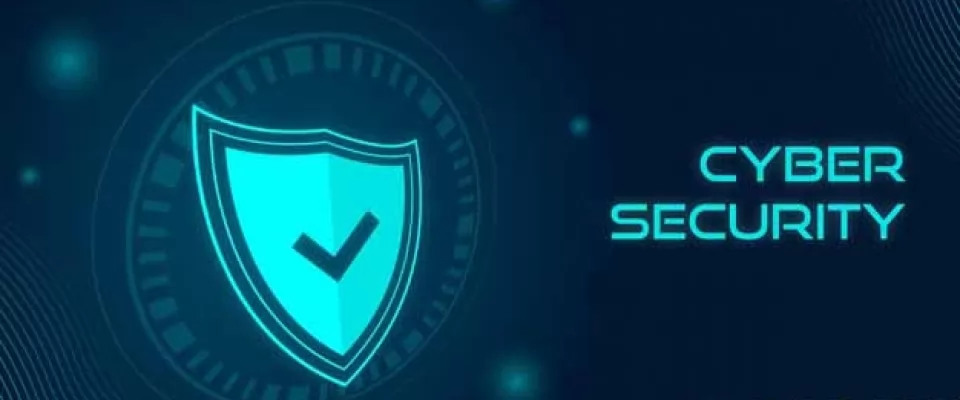Strengthening the Defense: Key Measures to Safeguard Programming Projects
In today's digital age, cybersecurity has become an essential concern for programmers. With cyber threats on the rise, it is crucial for programmers to adopt robust security practices to protect their code, data, and systems from malicious attacks. To assist programmers in this endeavor, we have compiled the ultimate cybersecurity checklist that covers key areas to focus on when it comes to securing programming projects. By following these best practices, programmers can fortify their applications and contribute to a safer digital ecosystem.
1. Secure Authentication and Authorization
Implement strong authentication mechanisms to protect user accounts and prevent unauthorized access. Utilize multi-factor authentication (MFA), which combines two or more independent factors (such as passwords, biometrics, or security tokens) to verify the user's identity. This additional layer of security significantly reduces the risk of compromised accounts. Enforce strict password policies, including minimum length, complexity, and expiration requirements. Consider using password managers to generate and securely store complex passwords. Furthermore, implement role-based access control (RBAC) to ensure that users have appropriate access privileges based on their roles and responsibilities within the application.
2. Keep Software and Libraries Up to Date
Regularly update programming languages, frameworks, and libraries to benefit from the latest security patches and bug fixes. Outdated software can contain vulnerabilities that can be exploited by hackers. Keeping software up to date is essential to address known security issues. Consider utilizing package managers that automatically update dependencies, making it easier to stay current with the latest versions and security patches.
3. Input Validation and Sanitization
Apply strict input validation and sanitization techniques to prevent common security vulnerabilities such as cross-site scripting (XSS) and SQL injection attacks. Validate and sanitize all user inputs to ensure that they adhere to expected formats and do not contain malicious code. Use server-side validation along with client-side validation to provide an additional layer of protection. Input validation should include checks for data type, length, format, and range. Implement proper sanitization techniques, such as escaping or encoding user input, to prevent the execution of malicious code.
4. Protect Sensitive Data
Employ strong encryption algorithms to protect sensitive data at rest and in transit. Use industry-standard encryption protocols, such as AES (Advanced Encryption Standard), to encrypt data before storing it in databases or other storage mediums. Utilize secure protocols, such as HTTPS, for transmitting data over networks, ensuring that data is encrypted during transit. Never store sensitive information, such as passwords or credit card details, in plain text. Instead, use salted and hashed representations of passwords, along with secure hashing algorithms like bcrypt or Argon2, to protect user credentials from being compromised in the event of a data breach.
5. Error Handling and Logging
Implement proper error handling and logging mechanisms to capture and track application errors and potential security breaches. Avoid displaying detailed error messages to users, as they can reveal sensitive system information that may be useful to attackers. Instead, log errors securely and provide users with generic error messages. Implement a centralized logging system to consolidate logs from different parts of the application, making it easier to monitor and analyze security-related events. Regularly review logs to identify any suspicious activity or anomalies that may indicate a security breach.
6. Secure Configuration Management
Ensure that server configurations, including firewalls, access controls, and other security settings, are appropriately configured and regularly audited. Disable unnecessary services and ports to minimize the attack surface of the system. Separation of production, development, and testing environments is essential to prevent unauthorized access to critical systems. Each environment should have its own set of access controls and security measures in place. Regularly audit the configurations to identify any misconfigurations or security weaknesses and promptly address them.

